
JA糸島産直市場 伊都菜彩
すでに「糸島ブランド」として確立されるほど、人気の高い野菜や果物、花、鮮魚、加工品など、その種類はバラエティ豊か。九州最大の売場面積とあって、連日賑わいを見せる。
Info
Business Hours
Spot Category
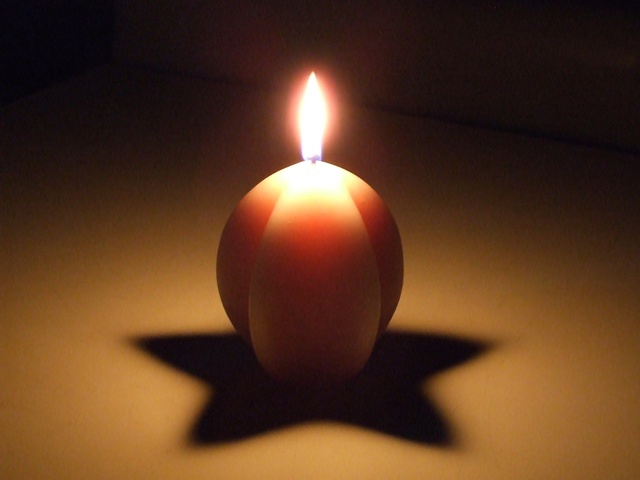
スターキャンドル あかりを灯すと星形の影ができる
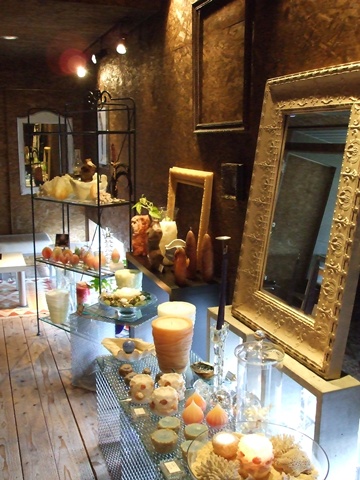
工房内

オブジェのようなキャンドル
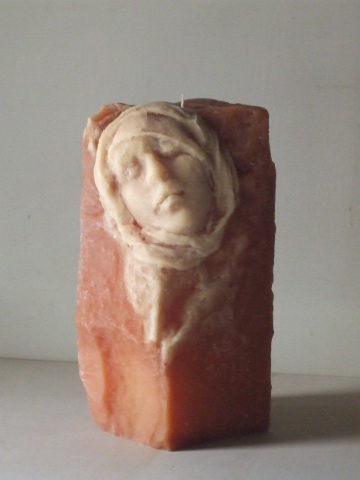
人のおもいをかたちにして作ったキャンドル
The information provided reflects the details available at the time of the survey.
Please note that facility details may change due to the facility’s circumstances, so please check for the latest information before visiting.
This content has been translated using machine translation.
Information provided by: JTB Publishing
The content uses an automatic translation service, which is not always accurate.
The translated content may be different from the original meaning, so please understand and use it.

すでに「糸島ブランド」として確立されるほど、人気の高い野菜や果物、花、鮮魚、加工品など、その種類はバラエティ豊か。九州最大の売場面積とあって、連日賑わいを見せる。

本場ドイツの製法で仕込んだ手作りハム、ソーセージが常時20種類ほど並ぶ。おみやげにもピッタリで、人気は生ウインナー150g510円。塩とスパイスで味付けした肉をそのまま腸詰しているので、ジューシー。隣接してハム、ソーセージが食べられるレストランもある。

昭和初期に建てられた醤油蔵を改装した重厚な店舗は、糸島の自然に囲まれ季節の移ろいを感じることができ非日常のくつろぎの空間が広がっている。全国のこだわった食品や調味料、地酒、ワインをセレクトして販売しているほか、併設するカフェ「cafe lily」では本格エスプレッソメニューや季節のケーキ・パフェなども楽しめる。糸島へ観光・ドライブ・デートに行くなら一度は行きたい店だ。

A town where temples were collected during the Edo period for the defense of Kurume Castle. It is lined with 17 temples, and still retains the features of the Edo period. In each quaint temple there are tombs of many of the predecessors who were active in Kurume. The most well-known people are King Shishi Takayama Hikokuro, the founder of Kurume mochi, Inoue Den, the founder of Kurume Atsuji, Motozo Sakamoto, and the Western painter Harue Koga.
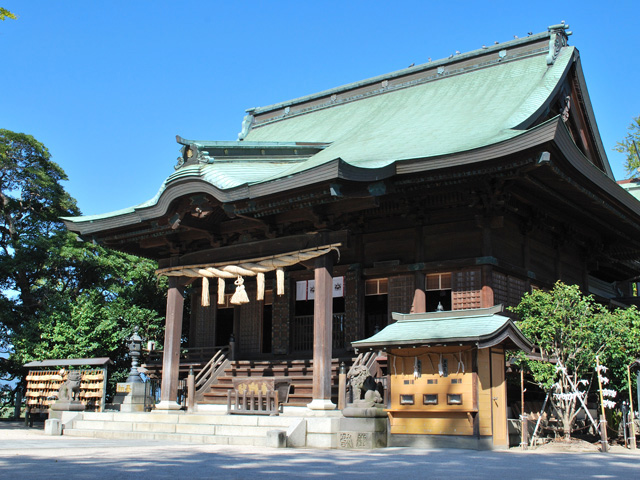
Sōhō-gū of Suiten-gū, which is located throughout the country. The beginning was that Ise, who served Emperor Andoku's birth mother, Takakura Taira Nakamiya [Azechi no Tsuboune], enshrined the spirit of the Heike, who had perished in the Battle of Nōnoura, to mourn. It is known as the guardian deity of asanis, child-giving, water-relief, and children.
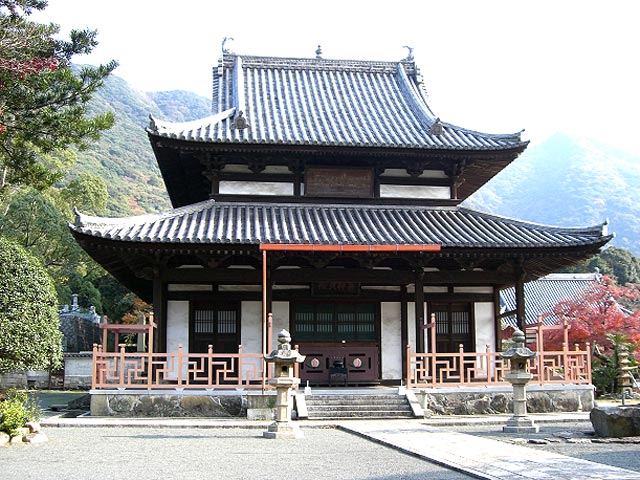
The temple of Obaku sect in a corner of Adachi Forest Park. The feudal lord, Tadamasa Ogasawara, was erected in Kanbun 5 (1665). It was later vanished by military fire and fire of Chōshū Cavalry at the end of the Tokugawa period. The main hall was rebuilt in Kyoho 2 (1717). Kaesando and others were built after the Meiji era. There is a garden behind the main hall, and the Sesshu Garden, which has natural stones in a borrowed view of Mount Ashitate, is a must. Please note that some of the precincts in the direction of the back mountain are unwatchable.
This website uses cookies so that we can provide you with the best user experience possible. Cookie information is stored in your browser and performs functions such as recognising you when you return to our website and helping our team to understand which sections of the website you find most interesting and useful.
Strictly Necessary Cookie should be enabled at all times so that we can save your preferences for cookie settings.
If you disable this cookie, we will not be able to save your preferences. This means that every time you visit this website you will need to enable or disable cookies again.
